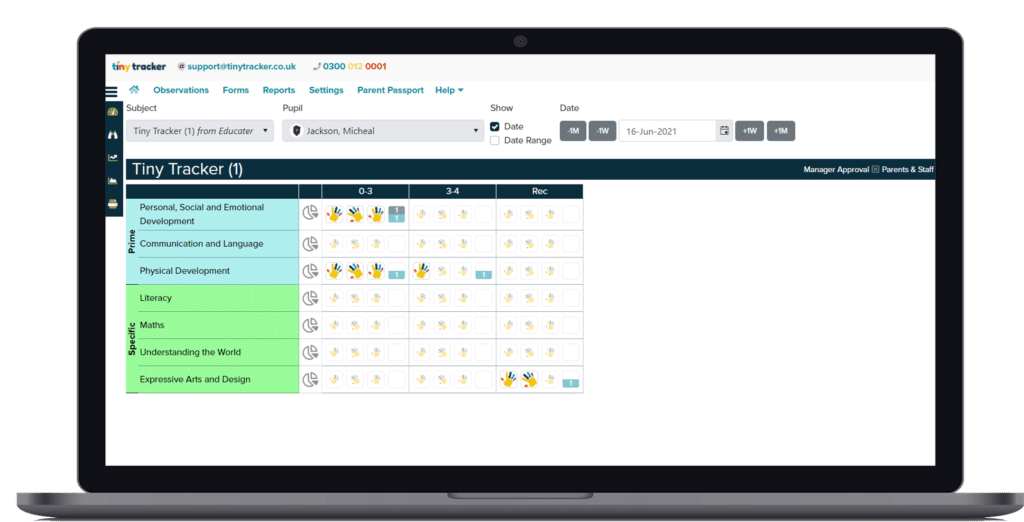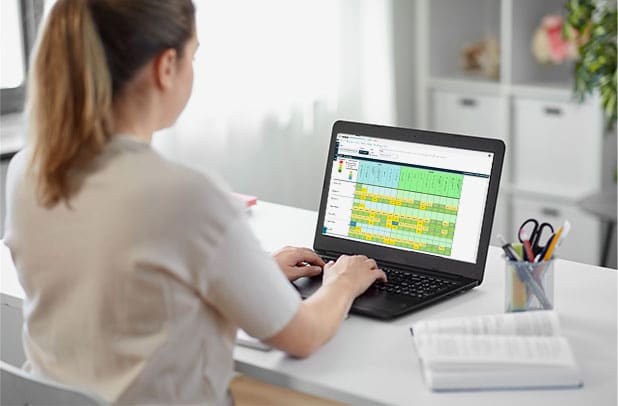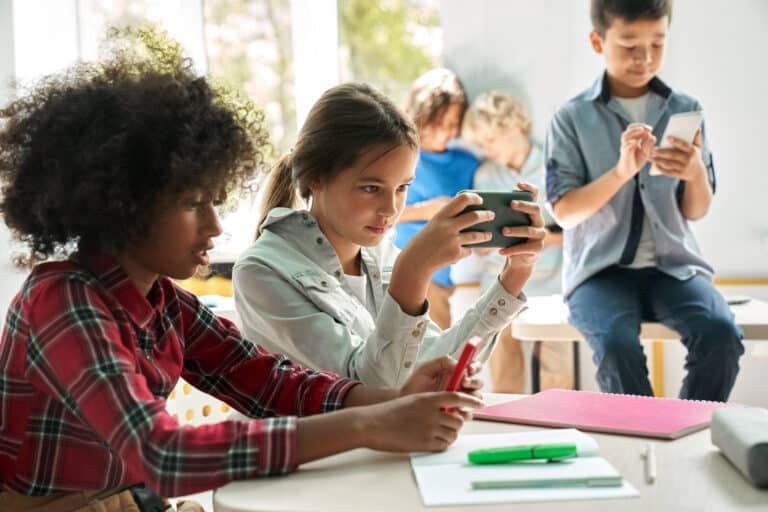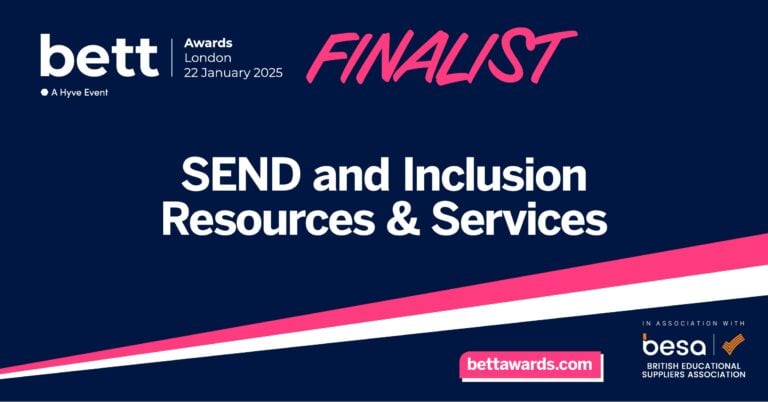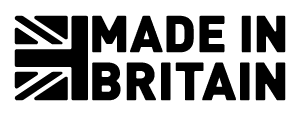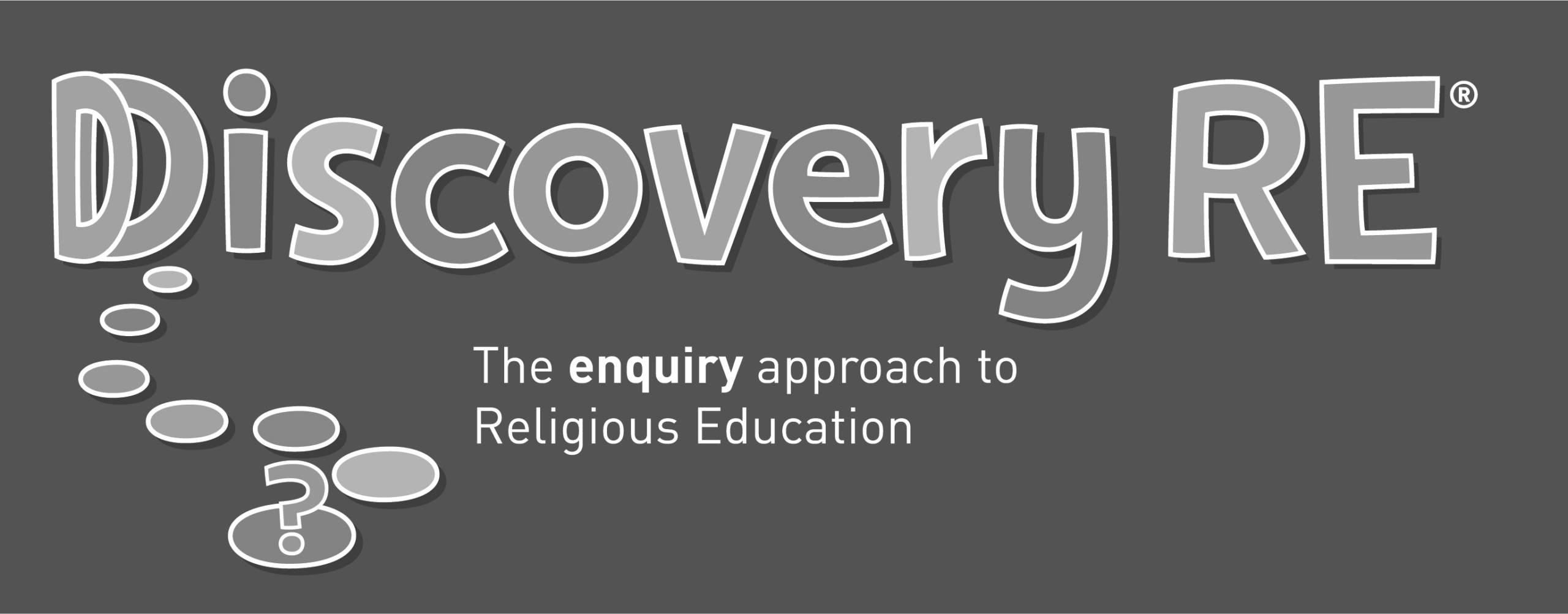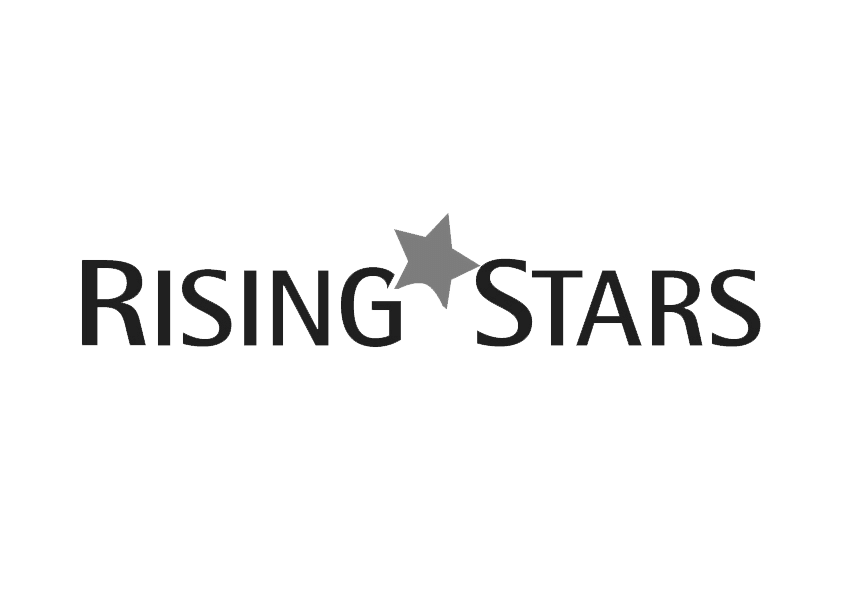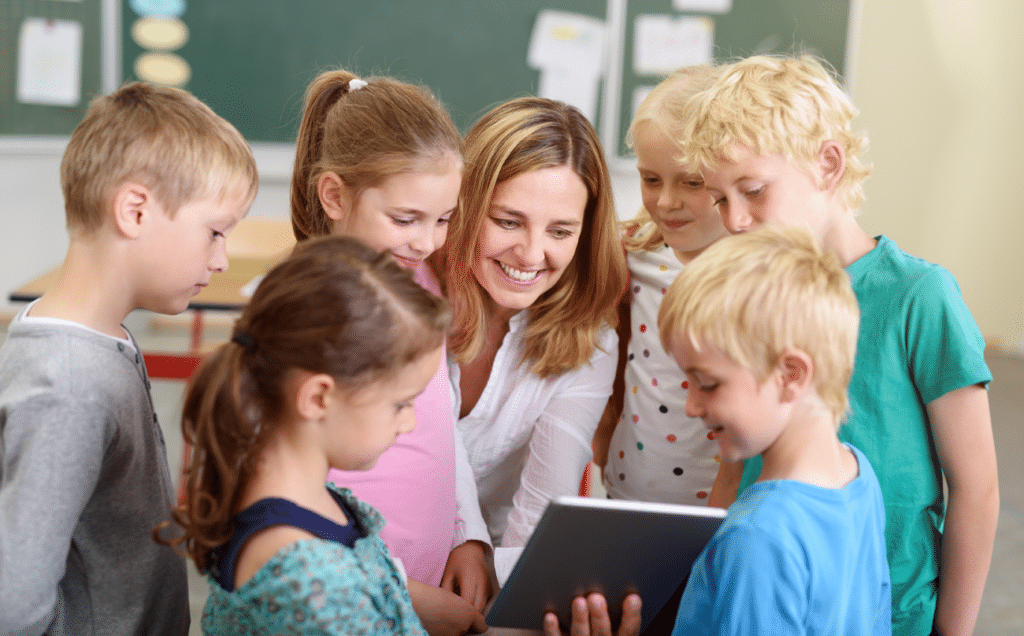
Reflecting upon more than seven years in international schools and two years within the UK, one very big change I have experienced has been methods of assessment and recording. In particular, EYFS technology has enhanced, supported, and improved practitioners’ ability to record and assess young children’s development.
When I first began working within the EYFS, I used a booklet ‘Learner Profile’ and my observations were recorded on post-its. It sounds antiquated now and I clearly remember the difficulty of collating all this information on sticky notes and adding them manually to a labelled folder containing the profile was no fun whatsoever. Sometimes I struggled to read my notes and if they were written by someone else, that likelihood increased! Notes would also get lost and I felt I could never write enough evidence to constitute the then huge number of goals young children needed to reach within their learner’s profile. Photographs, taken with a camera, were the only other way to record evidence. These photos needed to be printed off and cross-referenced with observations, adding a further dimension to the workload.
However, thankfully, times have changed. A welcome development has been EYFS technology (such as Tiny Tracker) to record ‘learning journeys’ and to track progress. EYFS software allows observations to be matched against specific criteria, which is especially helpful to ensure that all children reach the standards and requirements as set by the school. This EYFS platform can also often record evidence such as photos, videos, work, and observations. This evidence can allow practitioners to quickly identify which children need further support and those who could be extended. For example, if an adult-assisted task is created to ascertain the knowledge of number bonds to five, every child can have their own photographic or video evidence when working within a small group. The beauty of using EYFS technology within a wider team is that other adults can record the child’s work and share this with the key practitioner. This evidence can support key practitioners to formulate next steps, even if they haven’t worked directly with the child. Therefore, being able to keep all of a child’s documentation in one place, with sub-folders for curriculum areas, can show their progression, or lack of, in each area of the Early Years framework (2021), as evidenced by all staff who work with the child.
However, the luxury of EYFS technology does not end with assessment. The ability to share images and information, quickly and easily, with parents and other staff members is a huge asset. For example, using a messaging feature sent to a caregiver can quickly sort out a small issue that can happen during the school day. Parents can also share photos evidencing further learning and interests from home, creating excellent connections between home and school. Sharing the child’s learning and requesting feedback from other team members and parents, can build a more complete picture of a student’s learning. Further, if any children have special educational needs, supporting evidence of both their struggles and breakthroughs can be recorded digitally within EYFS technology and shared with learning support, parents, and other agencies where appropriate.
EYFS technology has, therefore, enhanced assessment evidence available. This in turn has supported reporting, as a clear picture of a child is created. When writing reports a practitioner can quickly check through the relevant folders for each framework area to check progress within these key areas. The software may also contain a progress checker in terms of specific learning intentions or goals, therefore within these curriculum areas, the child’s ability to reach the learning intentions can be seen. This information can be quickly reviewed and comparisons can be made over time, by comparing observations and other evidence. As the software provides evidence of aspects of learning, EYFS technology supports a practitioner’s judgment of a child. When EYFS software is used by all adults within the room, photographic evidence from all members of the team can help a practitioner get to know students’ accomplishments and interests even more, especially in the early days when understanding new students in a class is so important.
Author: Jess Gosling
Jess Gosling is an international teacher based in Taiwan. She can be contacted via her website or Twitter @JessGosling2. She has published a book to support those interested in international teaching, purchase links available on her website.
Reference
Department for Education (2021) Statutory Framework for the Early Years Foundation Stage. Available at: https://www.gov.uk/government/publications/early-years-foundation-stage-framework–2 (Accessed: 3rd February 2022).


